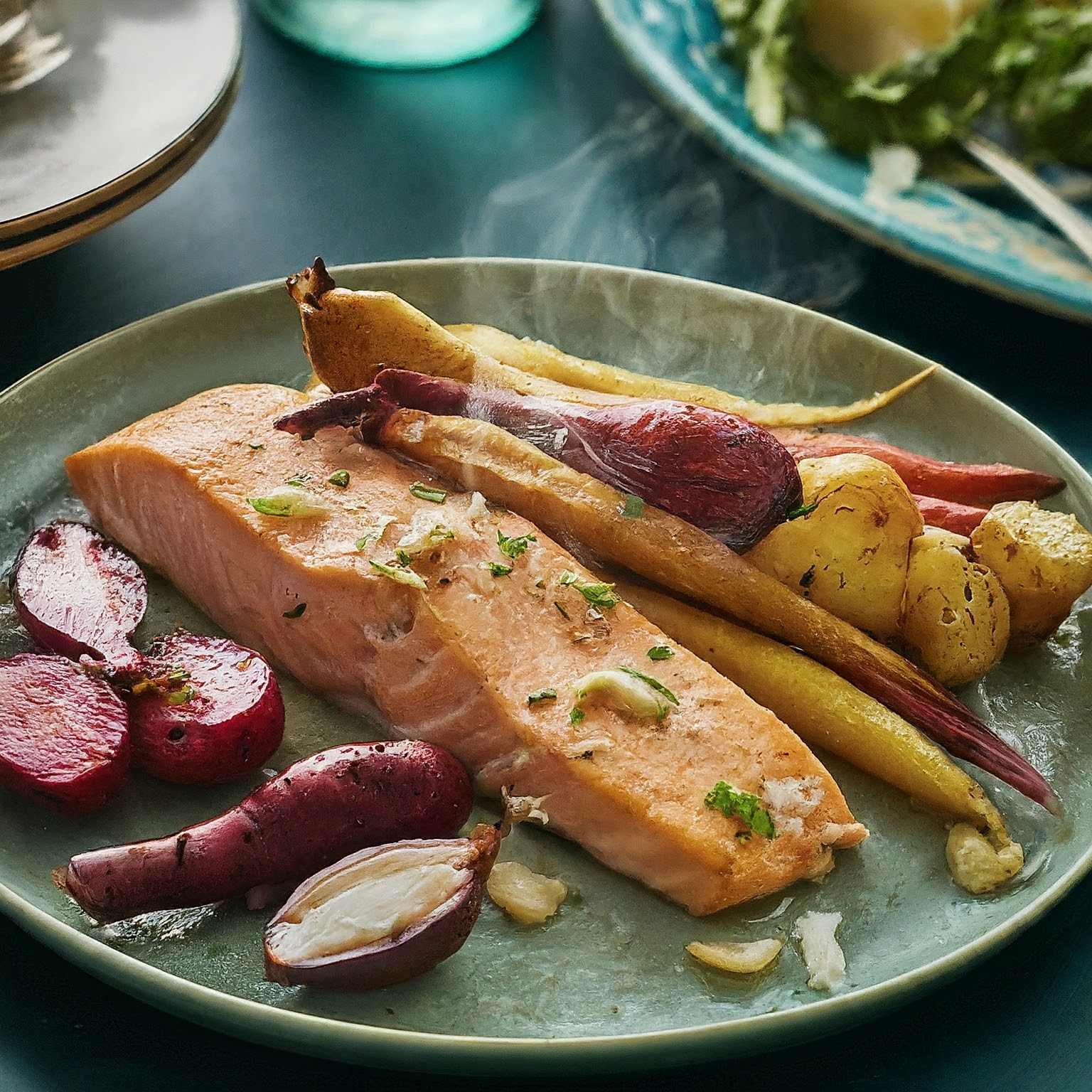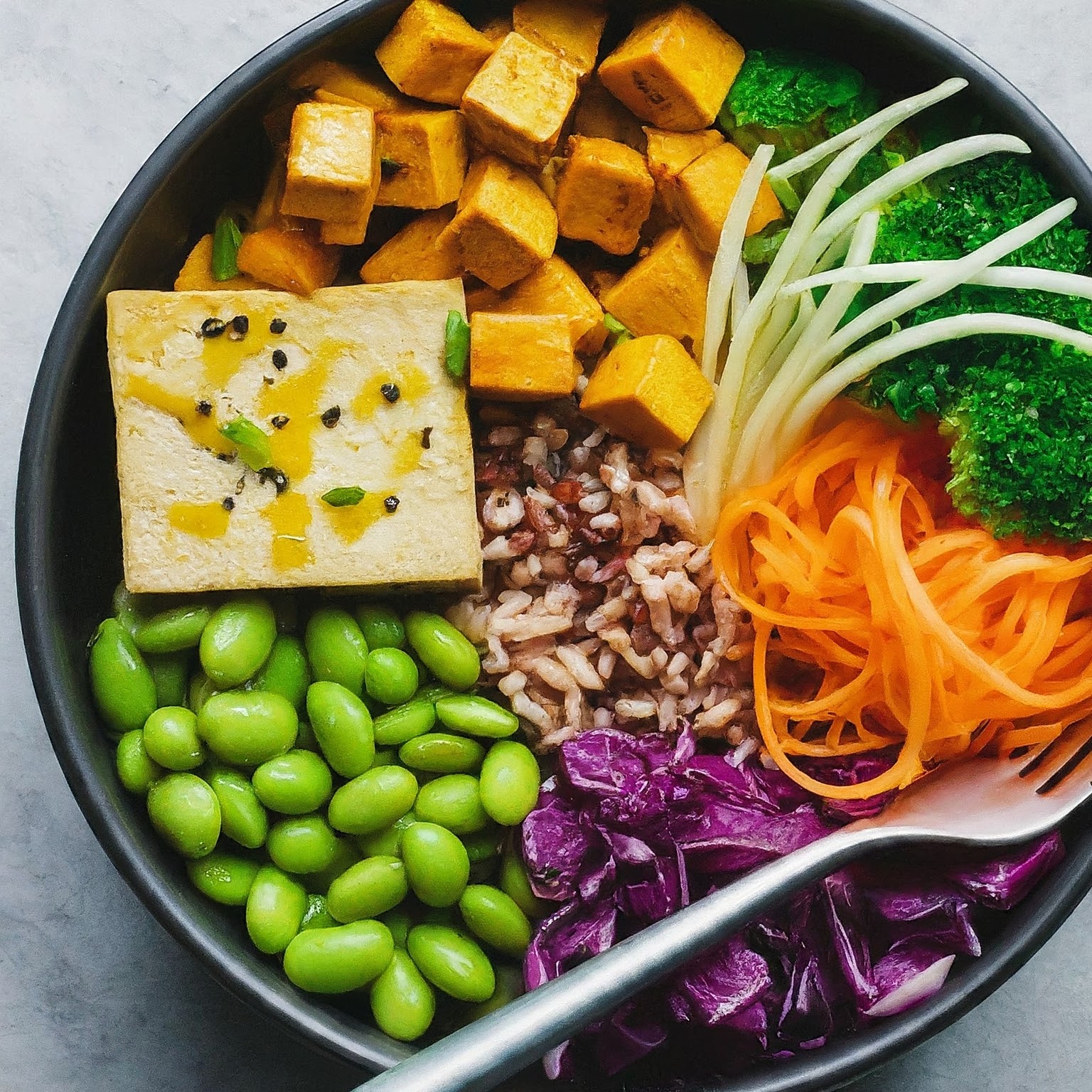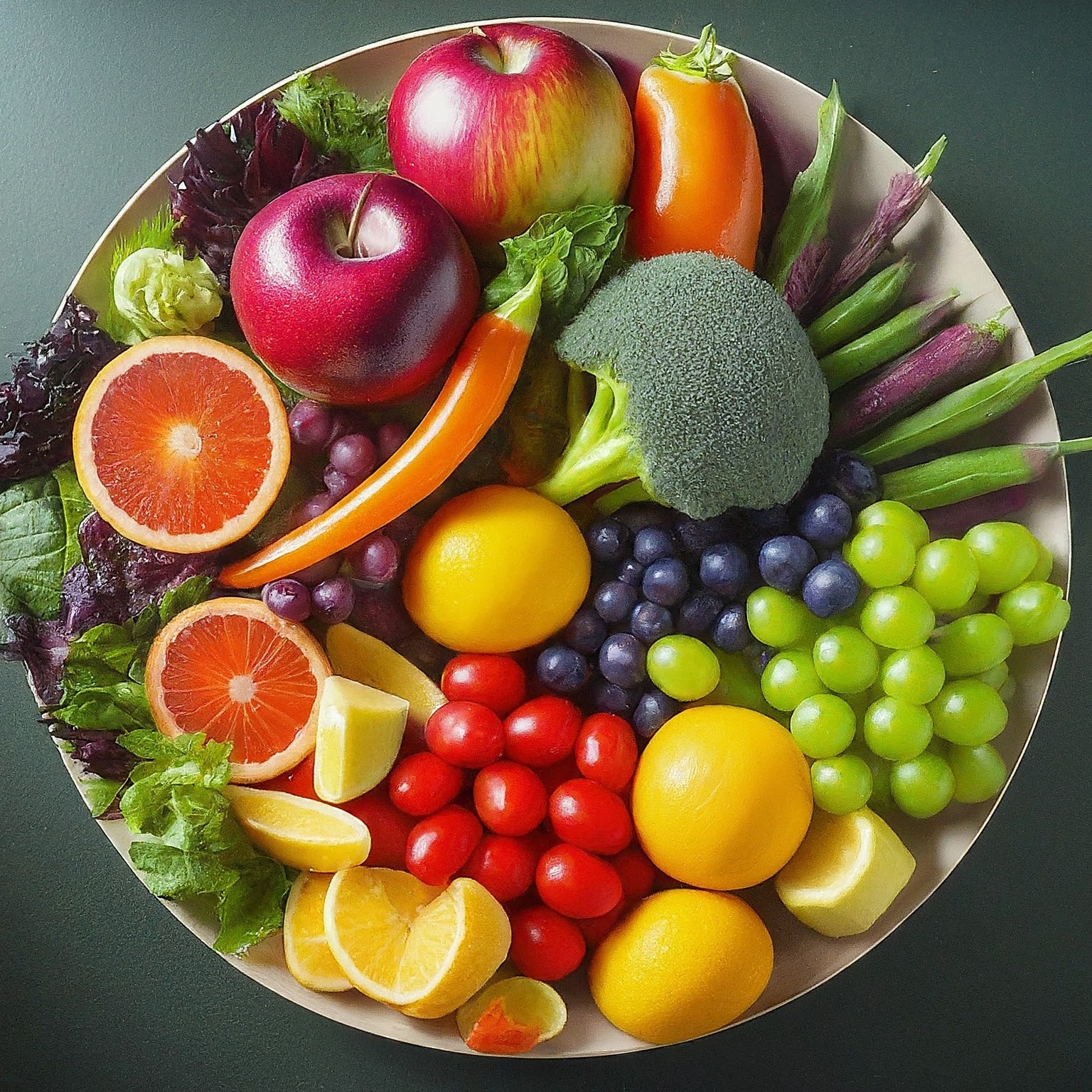8 Age-Defying Diets for Vibrancy and Well-being at 40 and Beyond
Our forties mark a turning point in our lives. Our bodies are changing, and so are our nutritional needs. To maintain optimal health and vitality, we need to adapt our diets. But with so many options out there, it can be overwhelming to choose which one is right for you.
Fear not! This guide explores eight scientifically-backed diets that can help you achieve your health goals after 40.
1. The Mediterranean Diet: A Delicious Path to Health
The Mediterranean diet is a gold standard for a reason. Packed with nutrient-rich goodness, it has been linked to a reduced risk of heart disease, inflammation, and cognitive decline. Here’s what to focus on:
- Fruits and vegetables: Aim for at least five servings a day for a vibrant mix of antioxidants, vitamins, and minerals.
- Whole grains: Brown rice, quinoa, and whole-wheat bread provide sustained energy and keep you feeling fuller for longer.
- Lean protein: Fish, poultry, and legumes are excellent sources of essential amino acids, minus the saturated fat.
- Healthy fats: Olive oil, nuts, and seeds are your heart and brain’s best friends.
- Moderate wine consumption: Enjoy a glass of red wine with dinner for a potential boost of resveratrol, a compound linked to reduced chronic disease risk.

2. DASH Diet: Taking Charge of Blood Pressure
Designed specifically to lower blood pressure, the DASH (Dietary Approaches to Stop Hypertension) diet keeps things simple:
- Fruits and vegetables: Load up on at least seven servings daily. They’re packed with potassium, magnesium, and other minerals that work wonders for your cardiovascular health.
- Whole grains: Aim for at least six servings a day to manage cholesterol and keep your energy levels up.
- Lean protein: Include lean meats, poultry, and fish to maintain muscle mass and support overall health.
- Low-fat dairy: Skim milk, low-fat yogurt, and reduced-fat cheese provide essential nutrients like calcium with minimal saturated fat.
- Limited sodium intake: Keep it under 2,300 milligrams a day to manage fluid retention and regulate blood pressure.
3. MIND Diet: Sharpening Your Mind
The MIND diet combines the best of both worlds: the Mediterranean and DASH diets. It targets brain health and reduces the risk of cognitive decline by focusing on these brain-boosting foods:
- Green leafy vegetables: Aim for at least six servings a week. They’re rich in lutein, zeaxanthin, and other antioxidants that protect your cognitive function.
- Berries: Blueberries, strawberries, and other berries are packed with anthocyanins, linked to improved memory and reduced inflammation.
- Nuts and seeds: Include them in your diet at least five times a week for omega-3 fatty acids, vitamin E, and other brain-supporting nutrients.
- Fish: Fatty fish like salmon, tuna, and sardines are rich in omega-3s, promoting brain health and reducing inflammation. Aim for at least one serving a week.
- Limited saturated and trans fats: Go easy on red meat, butter, and other sources of these fats as they have been linked to increased risk of cognitive decline.

4. The Flexitarian Diet: Plant-Based with Flexibility
The flexitarian diet champions plant-based foods while allowing occasional meat consumption. This approach is linked to a reduced risk of various health problems, including heart disease, type 2 diabetes, and certain cancers. Here’s what’s on the menu:
- Fruits and vegetables: Pile on at least seven servings daily for a full spectrum of vitamins, minerals, and antioxidants.
- Whole grains: Brown rice, quinoa, and whole-wheat bread keep you energized and provide sustained fiber intake.
- Legumes: Beans, lentils, and peas are your plant-based protein powerhouses, delivering fiber and essential nutrients.
- Lean protein: Include lean meats, poultry, and fish in moderation to meet your protein needs.
- Limited processed foods: Keep processed foods, sugary drinks, and red meat to a minimum to reduce your risk of chronic diseases.
5. The Nordic Diet: Embracing Nordic Cuisine
Inspired by the dietary habits of Nordic countries, this approach emphasizes seasonal and local ingredients that are rich in fiber, antioxidants, and omega-3 fatty acids. Here’s what to include:
- Fruits and vegetables: Aim for at least five servings a day, focusing on berries, apples, and root vegetables.
- Whole grains: Rye bread, oatmeal, and other whole-grain products provide sustained energy and fiber.
- Fish and seafood: Fatty fish like salmon, herring, and mackerel are your twice-a-week source of omega-3s and other essential nutrients.
- Lean protein: Lean meats, poultry, and legumes help you meet your protein needs.
- Fermented foods: Yogurt, kefir, and sauerkraut promote gut health and contribute to overall well-being.
6. The Plant-Based Diet: A Whole-Food Focus
This diet eliminates animal products entirely, including meat, poultry, fish, dairy, and eggs. Studies suggest it may reduce the risk of heart disease, stroke, and certain cancers. Here’s the foundation:
- Fruits and vegetables: Whole, unprocessed fruits and vegetables are the cornerstones of this diet.
- Whole grains: Brown rice, quinoa, and whole-wheat bread provide sustained energy and fiber.
- Legumes: Beans, lentils, and peas are packed with plant-based protein, fiber, and other essential nutrients.
- Nuts and seeds: Include them for healthy fats, protein, and fiber.
- Healthy fats: Olive oil, avocado, and nuts support heart health and keep you feeling satisfied.

7. The Okinawa Diet: Inspired by Longevity Leaders
Okinawa, Japan, boasts a high concentration of centenarians. Their traditional diet is believed to contribute to their longevity. Here are the key elements:
- Vegetables: Sweet potatoes, green leafy vegetables, and seaweed are consumed in high volumes, providing essential nutrients and fiber.
- Soy products: Tofu, tempeh, and miso are excellent sources of plant-based protein and offer other health benefits.
- Moderate fish consumption: Enjoy fish a few times per week for a dose of omega-3 fatty acids.
- Limited meat consumption: Minimize red meat intake and prioritize lean cuts when including meat.
- Limited processed foods: Avoid processed foods, sugary drinks, and added sugars to reduce inflammation and promote overall health.
8. The Volumetrics Diet: Prioritizing Low-Calorie Density
Developed by Barbara Rolls, Ph.D., this diet focuses on consuming low-calorie-dense foods that are high in water and fiber to promote satiety and aid in weight management. Here’s what to fill your plate with:
- Fruits and vegetables: These form the core of the Volumetrics diet due to their low calorie density and high fiber and water content.
- Soups: Low-calorie broth-based soups can keep you feeling full and satisfied without adding excessive calories.
- Non-starchy vegetables: Broccoli, cauliflower, and spinach are low in calories and nutrient-dense, making them ideal for this diet.
- Lean protein: Include grilled chicken or fish to maintain muscle mass.
- Low-fat dairy: Opt for skim milk or low-fat yogurt to incorporate calcium and other essential nutrients.
Remember, consulting a registered dietitian or healthcare professional is always recommended before making significant dietary changes. They can help you create a personalized plan that aligns with your specific health goals and needs.




